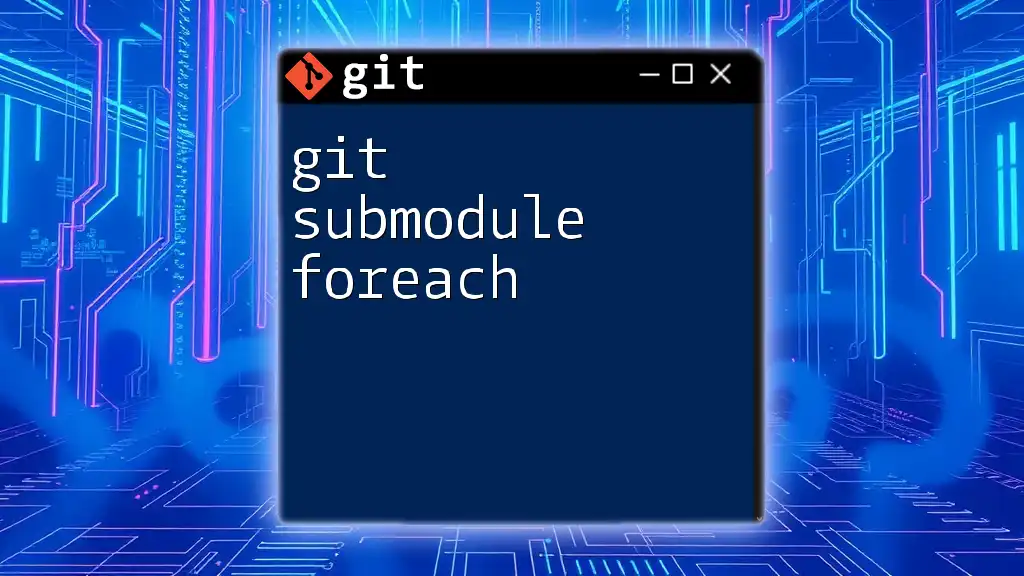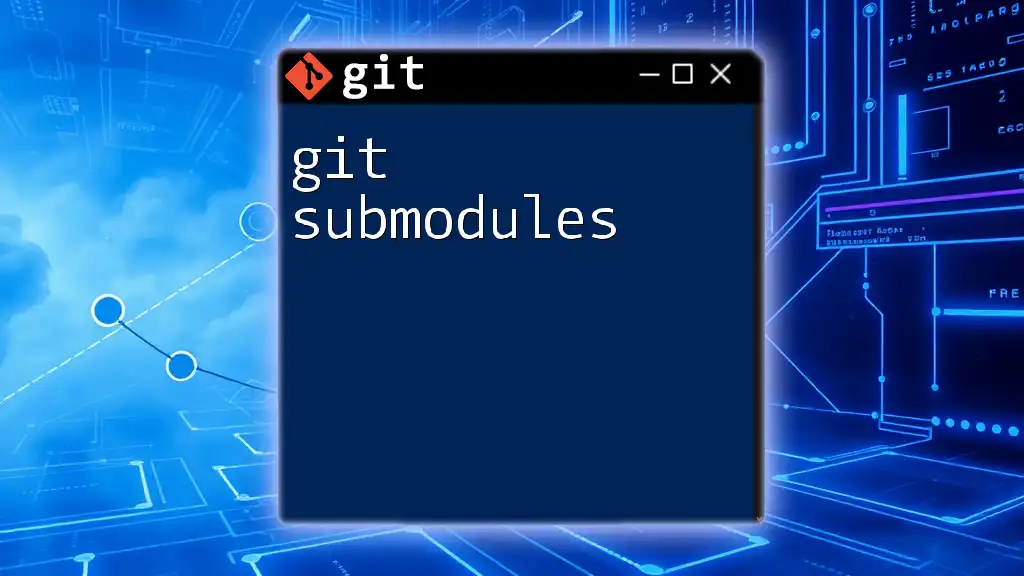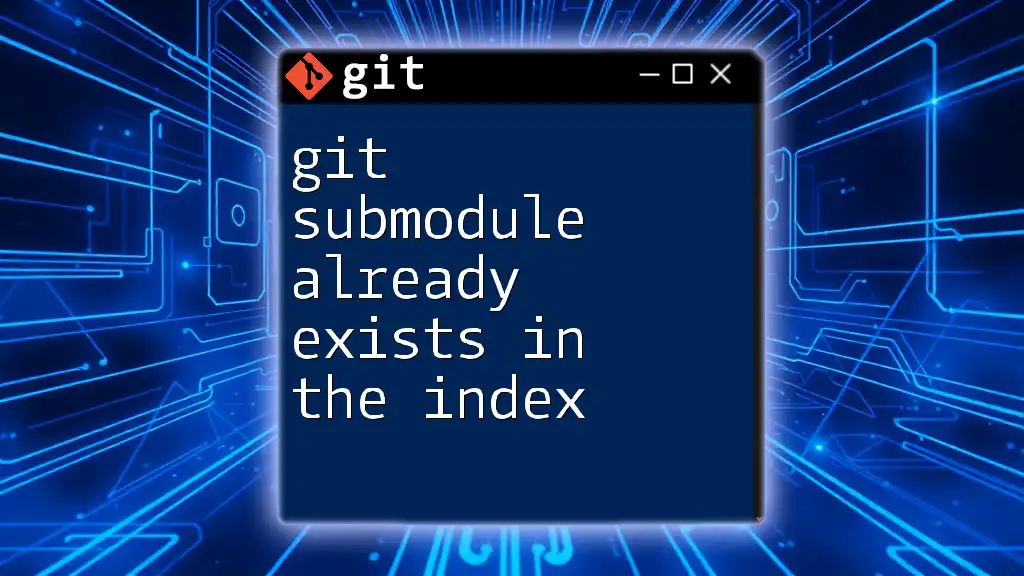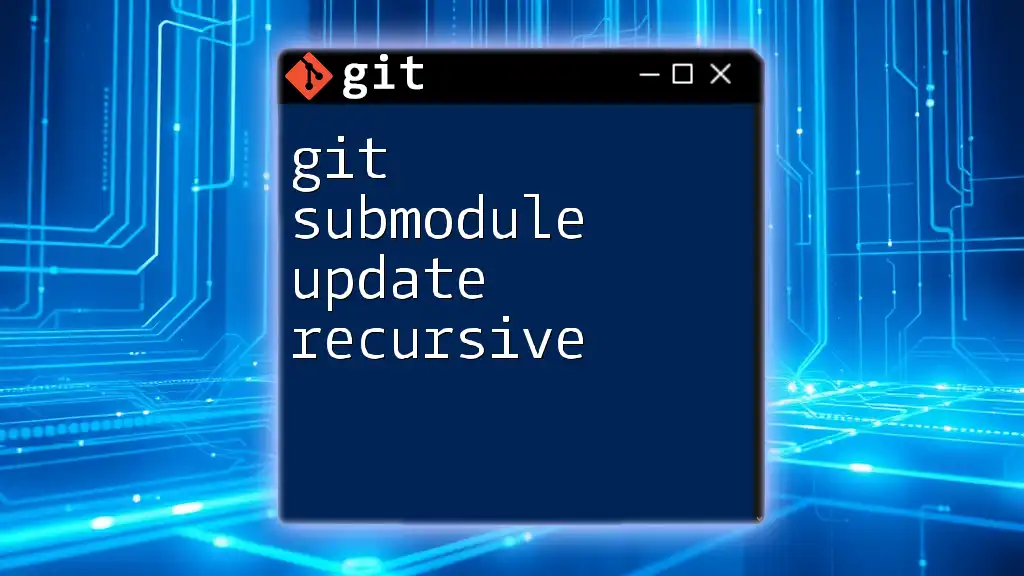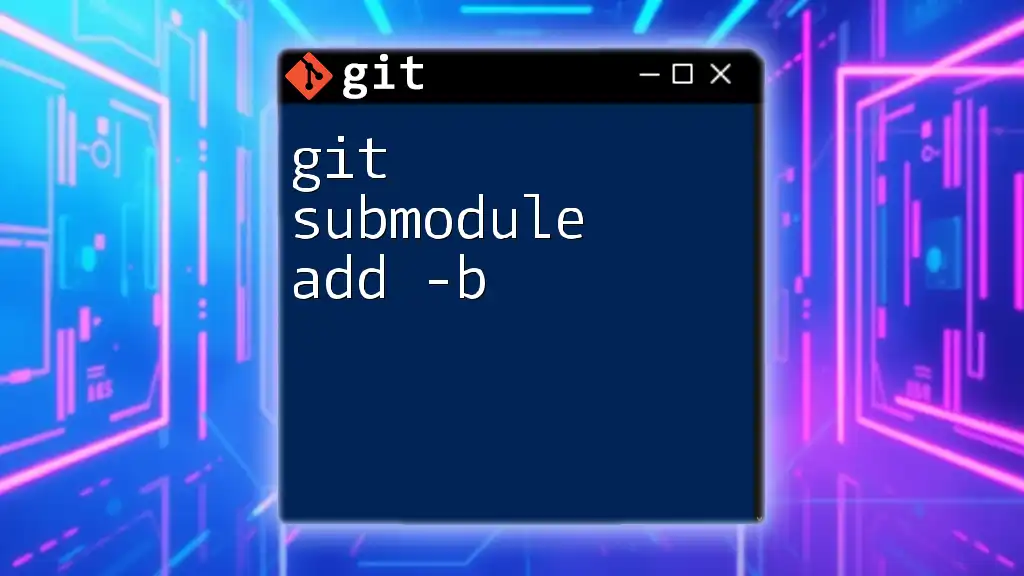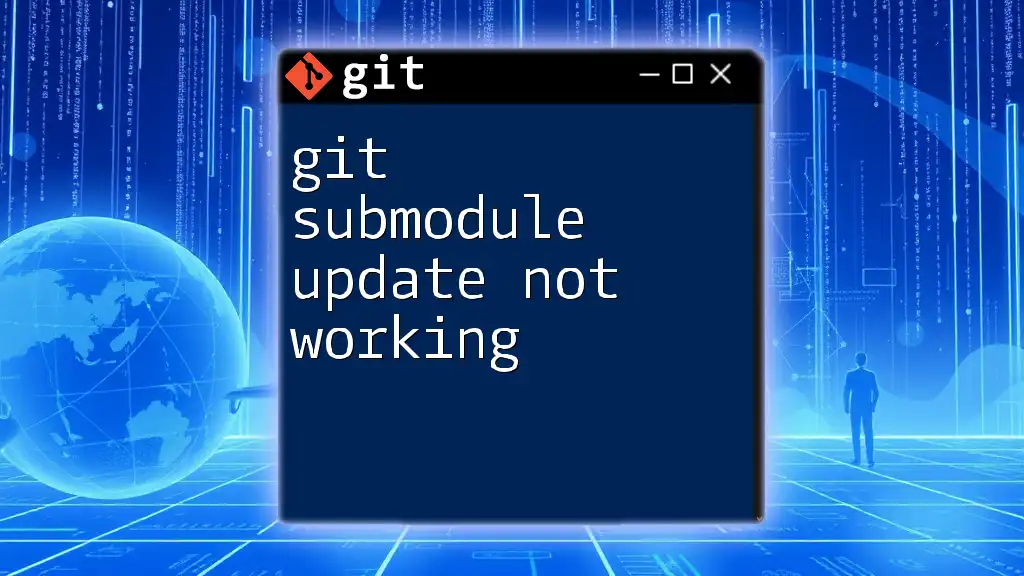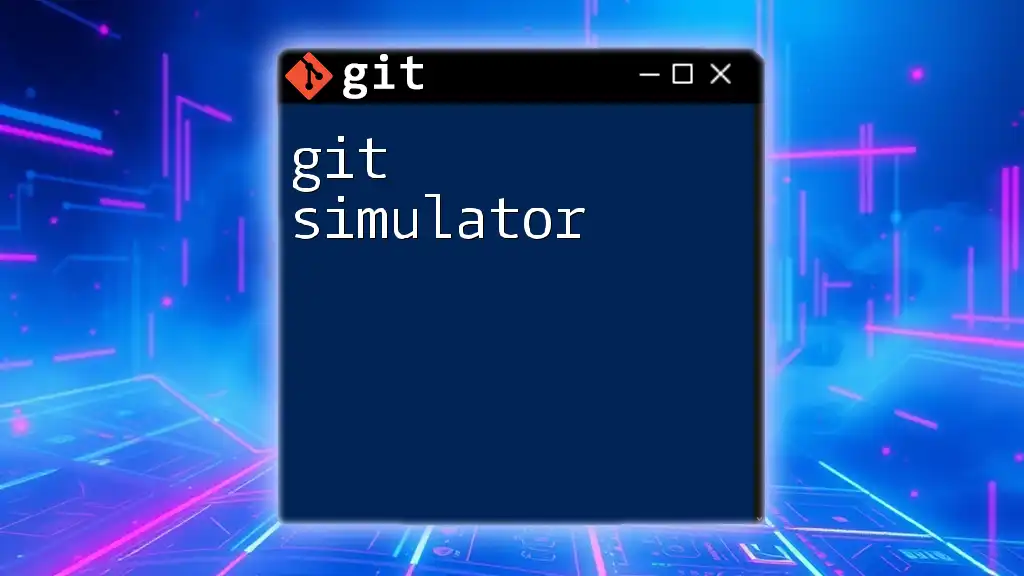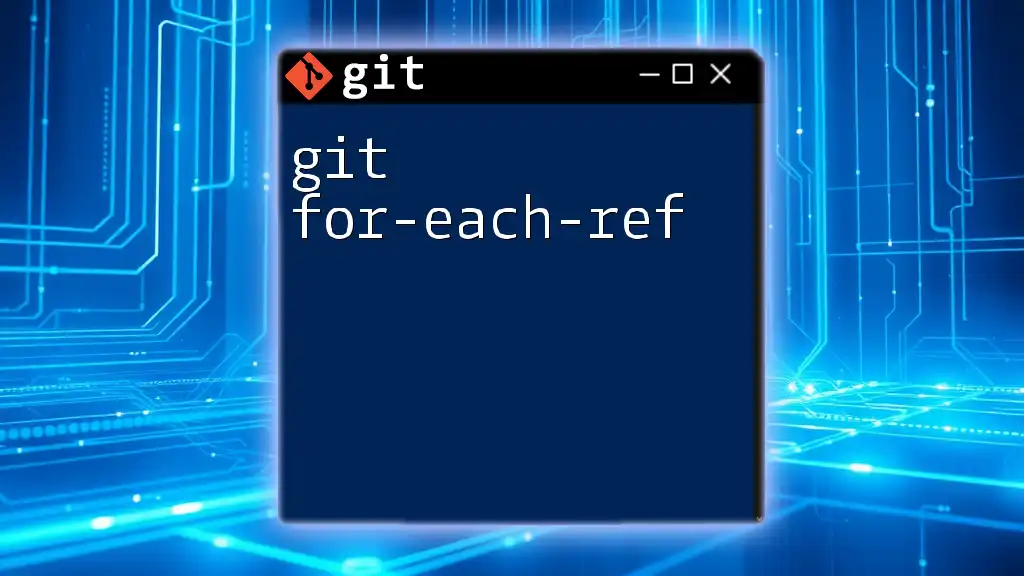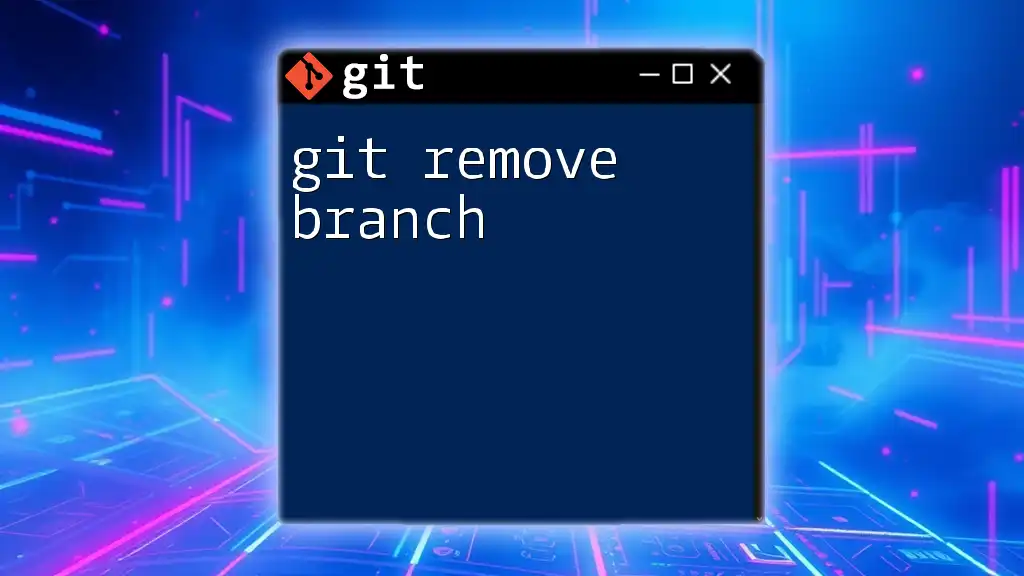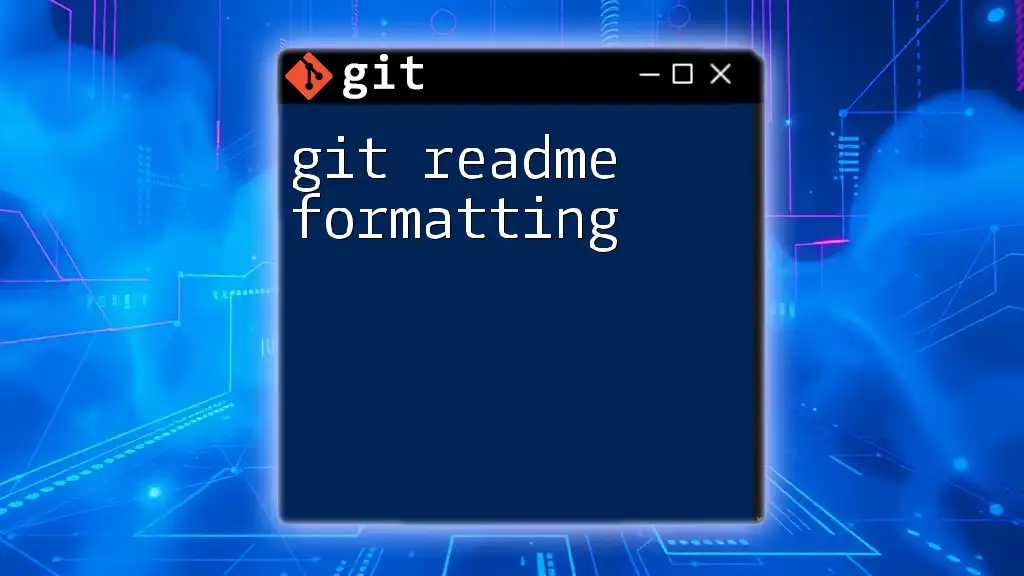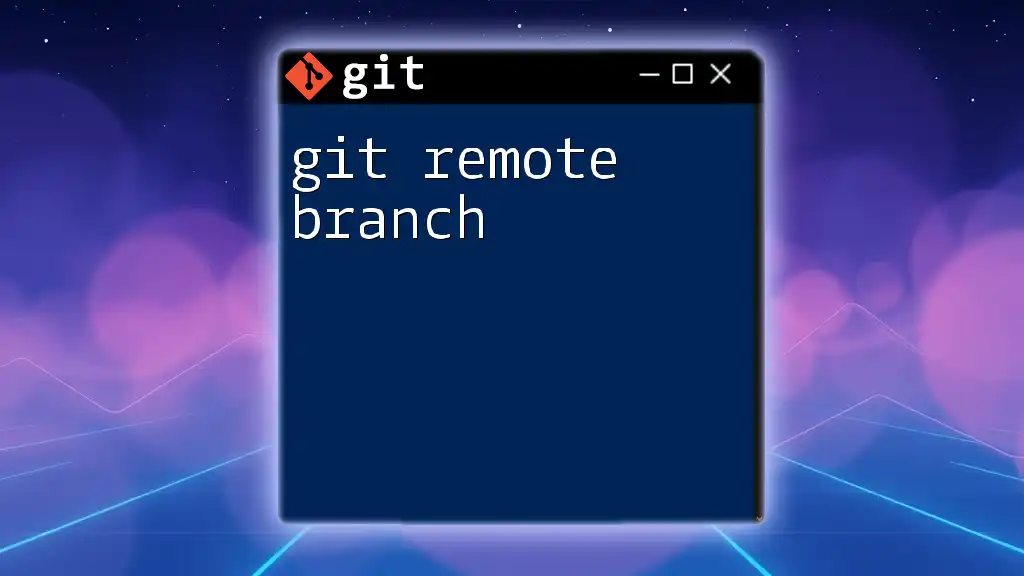The `git submodule foreach` command allows you to execute a specified command within each initialized submodule in your repository, enabling efficient management of multiple submodules in one go.
git submodule foreach 'git pull origin master'
What are Git Submodules?
Git submodules are a powerful feature that allows you to include and manage external repositories within your own Git repository. This is particularly useful when your project relies on libraries or other codebases that are maintained separately. By including submodules, you can keep track of specific commits or states of these external repositories, ensuring that your project runs with the exact versions you intend.
Managing submodules effectively is crucial for larger projects, as it provides a structured way to handle dependencies and related codebases without the need to manually copy and update files.
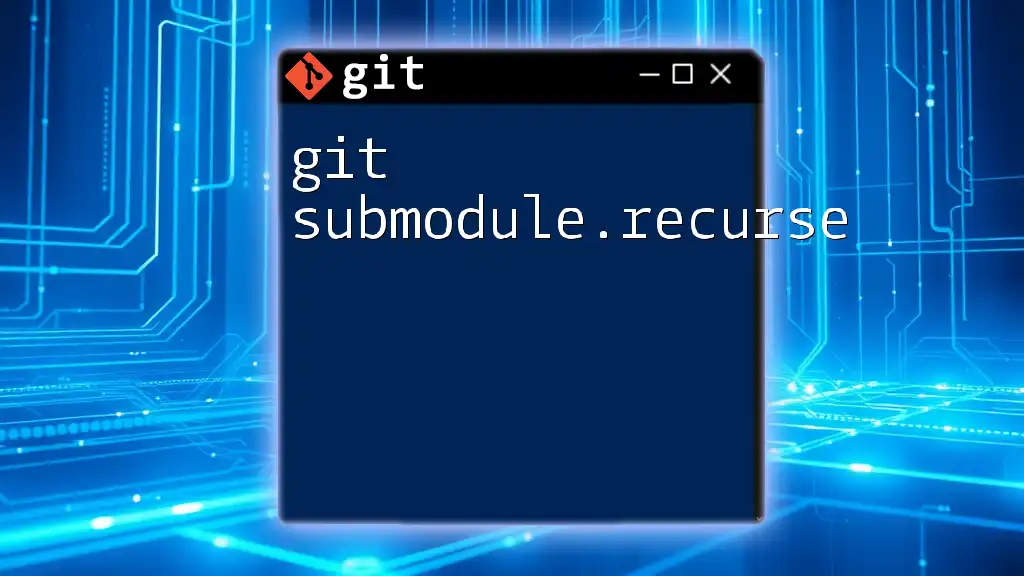
Why Use git submodule foreach?
The `git submodule foreach` command serves as a convenient solution when you want to perform the same action across multiple submodules in your project. Instead of executing a command for each submodule individually, which can be repetitive and time-consuming, this command allows you to execute a specified command within each submodule sequentially.
Using `git submodule foreach` saves time during tasks such as updating, building, or testing your submodules. This can significantly streamline your workflow, especially in collaborative environments or extensive projects that involve multiple contributors.
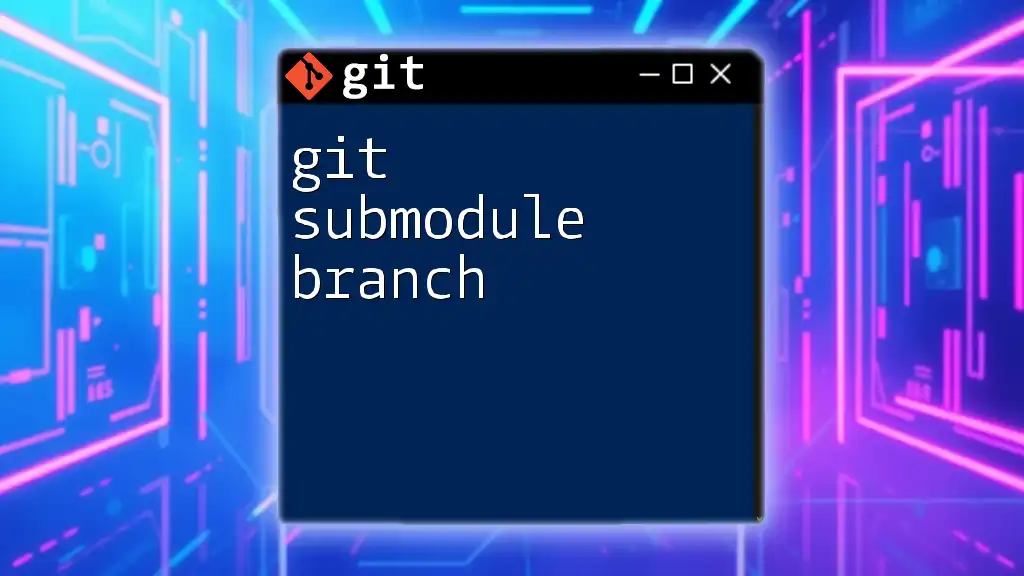
Basic Syntax of git submodule foreach
To utilize the `git submodule foreach` command, the general syntax is as follows:
git submodule foreach <command>
This structure allows you to run `<command>` inside each submodule. If you need to refer to the current submodule's directory, you can use `$name`, which represents the name of each submodule.
For instance, if you want to execute a simple command echoing the submodule's path, you would use:
git submodule foreach 'echo $name'
This command will print the name of each submodule, demonstrating how the command is executed in each context.
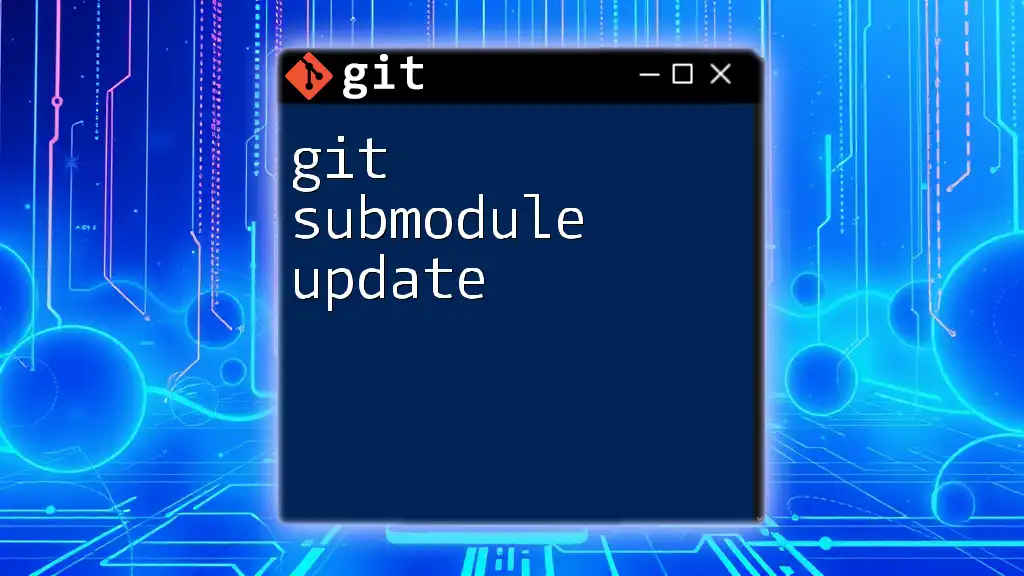
Common Use Cases for git submodule foreach
Updating Submodules
One of the most common uses for `git submodule foreach` is to pull the latest changes across all your submodules. This ensures that your project is up to date with the most recent developments in the dependencies. For example, you can run:
git submodule foreach 'git pull origin main'
This command will go into each submodule and pull the latest changes from the `main` branch.
Running Tests Across Submodules
If you have automated tests defined in each submodule, using `git submodule foreach` allows you to run those tests efficiently. For example, you can execute your tests with the following command:
git submodule foreach 'npm test'
This runs `npm test` within each submodule, providing a systematic way to verify the integrity of each component in your project.
Checking Submodule Status
Regularly checking the status of your submodules is crucial for maintaining a healthy codebase. You can inspect the status of each submodule using:
git submodule foreach 'git status'
This command will give you an overview of the state of each submodule, enabling you to identify any issues promptly.
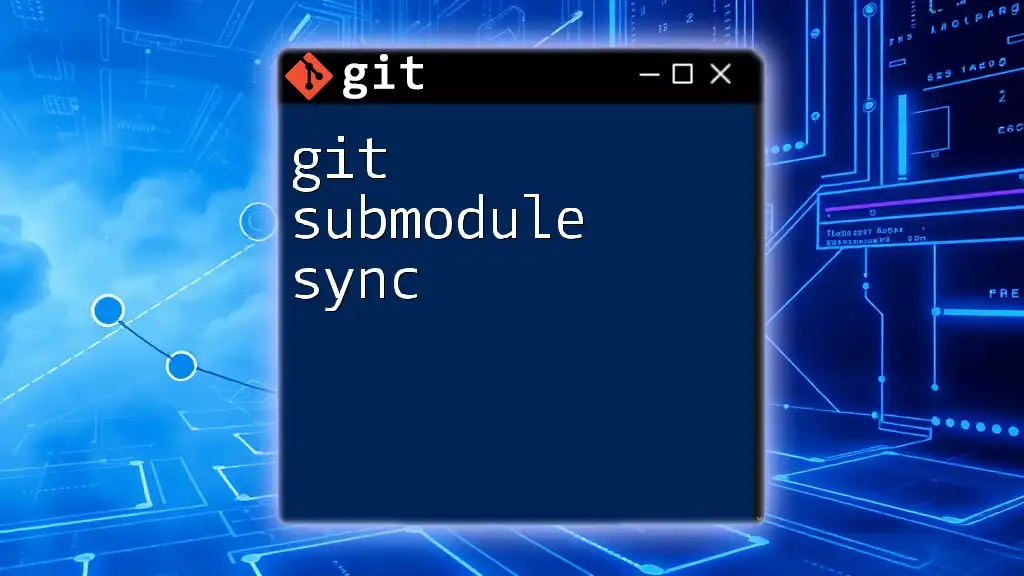
Understanding the Output of git submodule foreach
When you execute `git submodule foreach`, you'll receive output that indicates which command was run in each submodule. The output typically includes the name of the submodule and the results of the executed command.
For example, if you ran a pull command, the output would show which submodules successfully pulled changes and any errors if there were issues. Understanding this output is essential for effective debugging and ensuring that all components of your project are up to date.
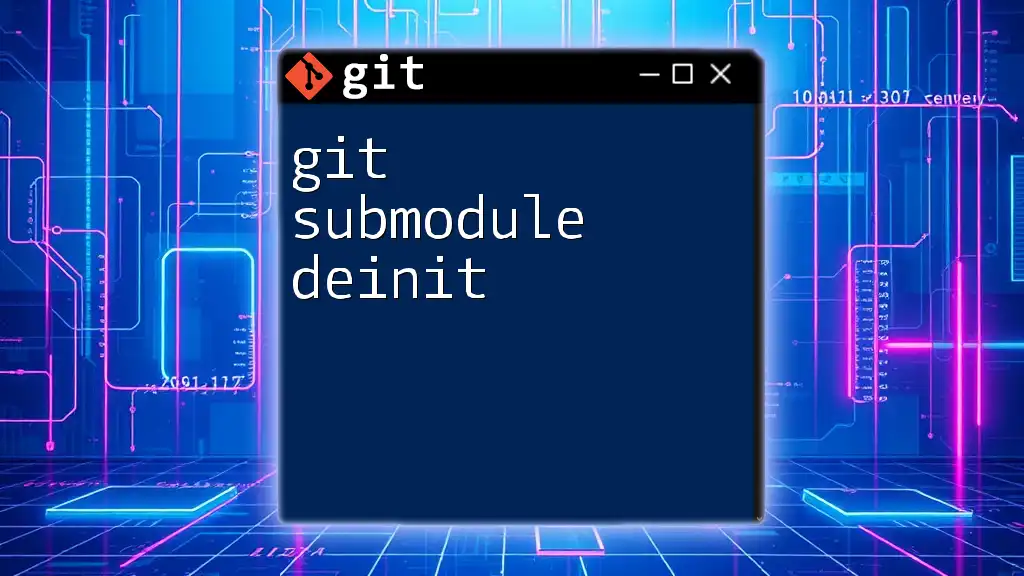
Best Practices When Using git submodule foreach
Keeping Your Repository Clean
It’s important to keep your repository organized. Maintain clear documentation about the purpose and usage of each submodule, as well as any specific dependencies or requirements. This clarity helps anyone (including your future self) understand the structure of the project and manage submodules effectively.
Error Handling
While `git submodule foreach` can save you time, it’s still essential to handle errors correctly. If one of your commands fails in a submodule, pay attention to the exit status to determine whether further actions are needed in other submodules. For example, you can check the exit code using:
if [ $? -ne 0 ]; then
echo "There was an error in a submodule."
fi
This snippet checks the exit status and can help you implement proper error handling within your scripts.
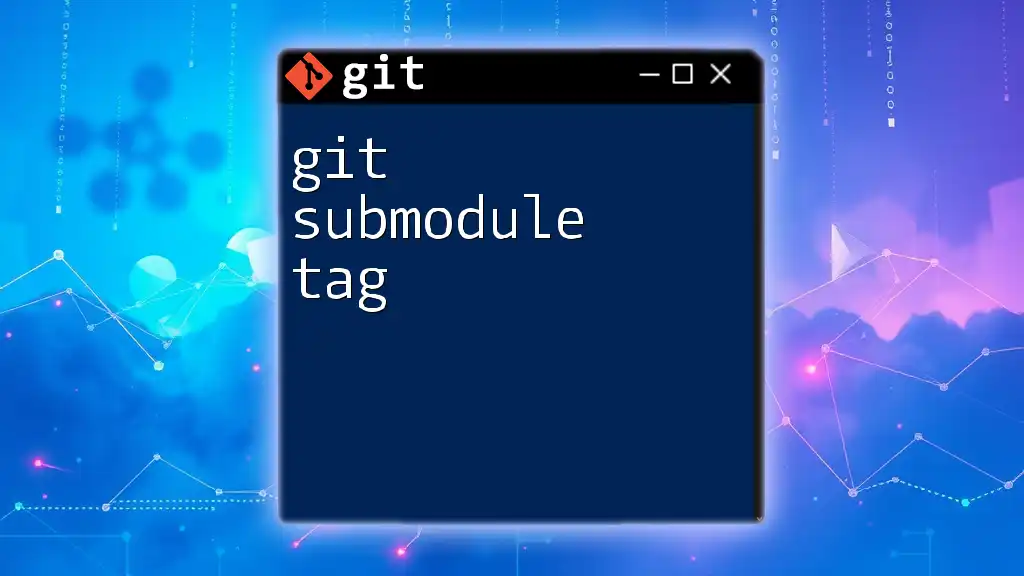
Frequently Asked Questions (FAQs)
Can I run any command with git submodule foreach?
Yes, you can run nearly any Git command or shell command with `git submodule foreach`. However, it’s important to ensure that the commands executed are appropriate for the context of the submodule. Some commands may not behave as expected if they are not applicable to each submodule's environment.
How does git submodule foreach differ from other commands?
`git submodule foreach` is specifically designed to execute commands in each submodule in sequence. This makes it different from other Git commands like `git submodule update`, which simply updates the submodules without giving you the option to run custom commands. The `foreach` command offers flexibility in batch processing of submodules.
Can I customize the commands run by git submodule foreach?
Absolutely! One of the main advantages of `git submodule foreach` is the ability to customize the command to your specific needs. You can use shell syntax to perform complex operations, including conditionals or piping, allowing for granular control over how you manage your submodules.
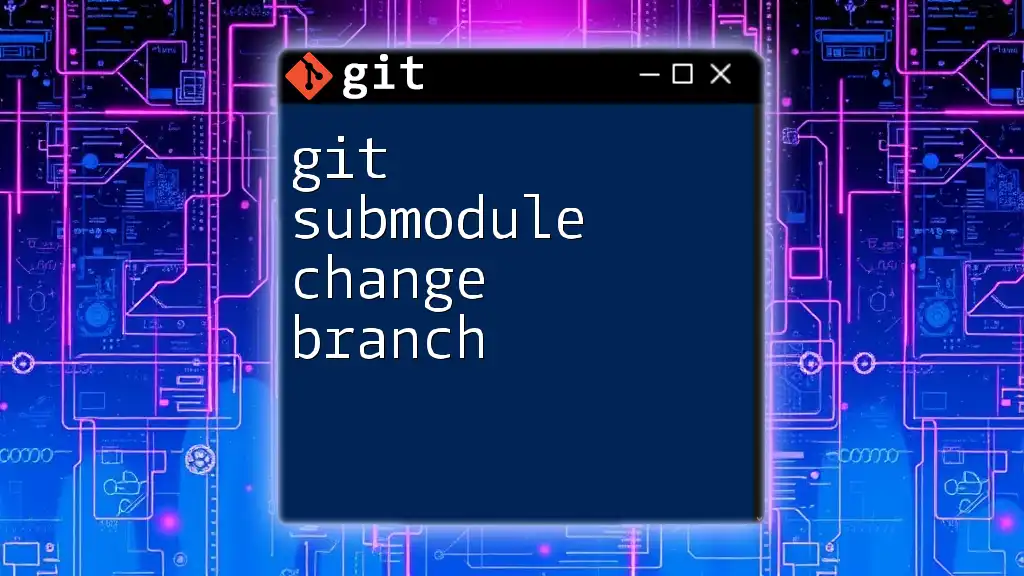
Conclusion
Mastering `git submodule foreach` is invaluable for anyone who frequently works with multiple submodules in a project. It not only simplifies repetitive tasks but also enhances collaboration by promoting a coherent organization of dependencies.
By understanding and effectively utilizing this command, you can significantly improve your workflow, ensuring that your projects remain up to date and well-maintained. As you explore more advanced functionalities within Git, `git submodule foreach` will undoubtedly become a fixture in your toolkit, streamlining processes and enhancing productivity.
Further Learning Resources
To dive deeper into the subject, consider exploring the official Git documentation. Additionally, look for resources and articles that detail advanced submodule usage and best practices to expand your knowledge and expertise in managing Git repositories successfully.

